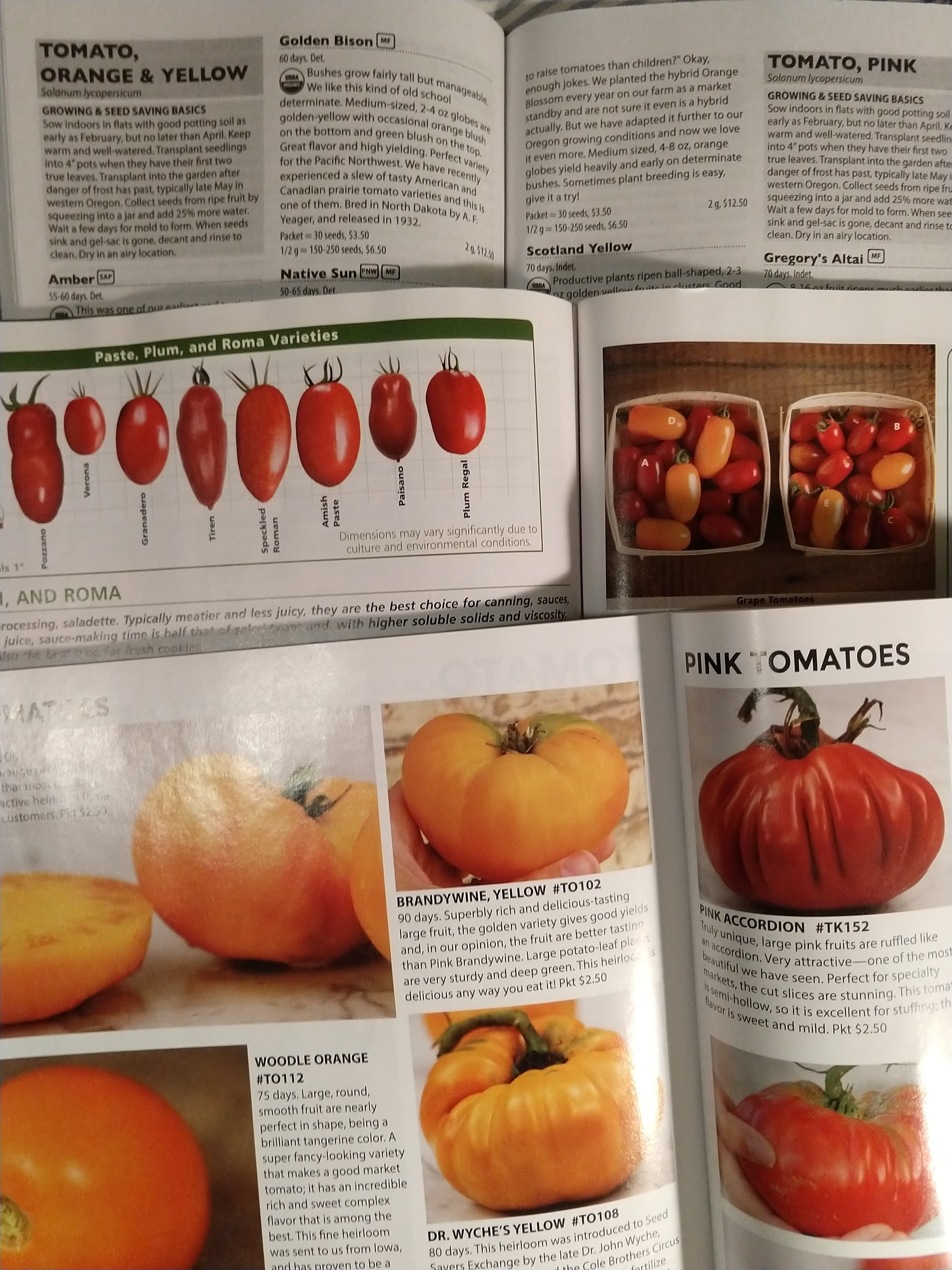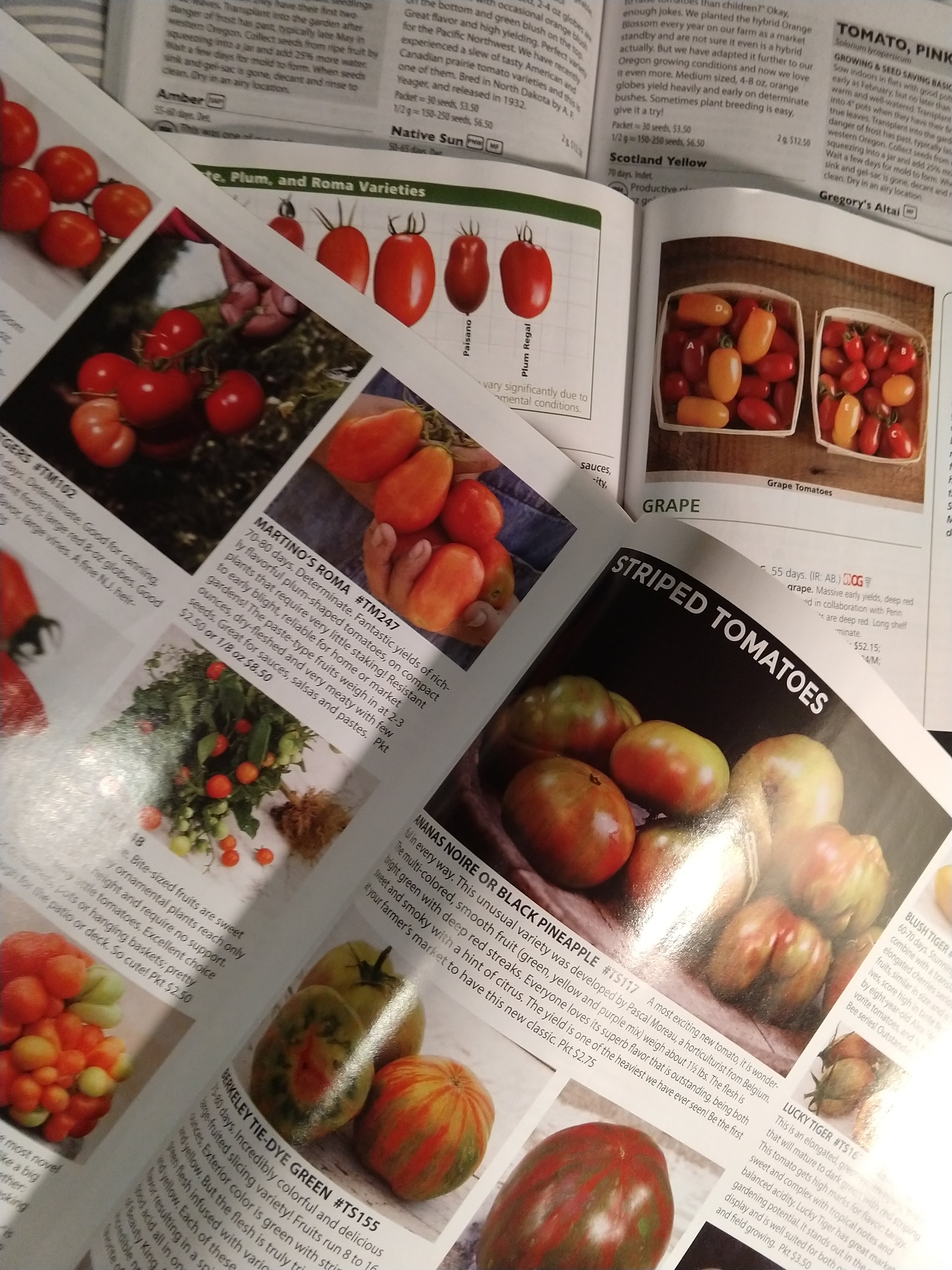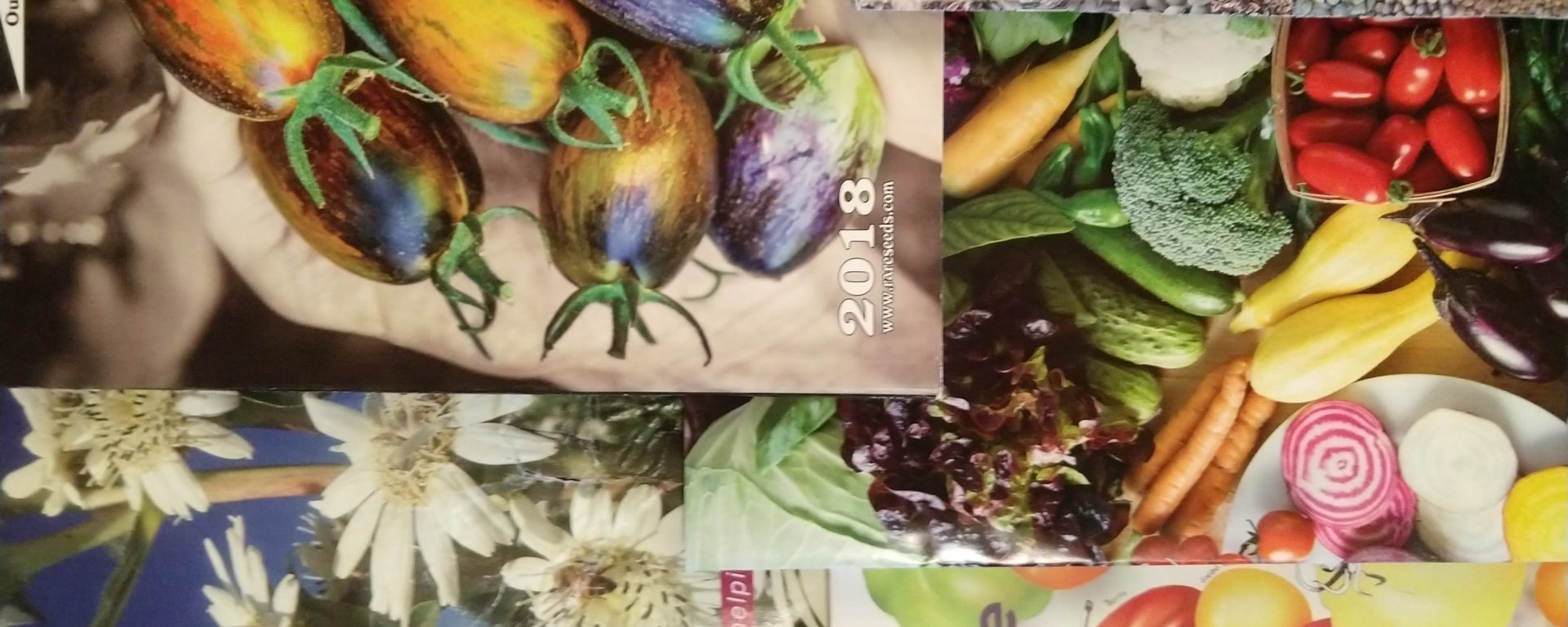It’s that time of year again, the time of year when every gardener feels the thrill of shopping for seeds. Okay, that statement is true, but the whole truth is that most gardeners are ready to feel the thrill of flipping through a seed catalog 365 days a year. What makes the time of year between deep winter and the beginning of spring special is the beginning of the growing season gives us all special license, from partners, nature, etc., to not only window shop, but to buy some of those seeds, put them in the ground, and try our hand and working with Mother Nature to turn those fantastic pictures into a reality. Seed catalogs were definitely one of the earliest forms of Pinterest, complete with the very real possibility of dramatic failures inspired by photoshopped pictures.

Now that you have had time to browse your glossy seed catalogs in person, or perused them on the internet, here are some tips to help thin out that mounting list of new seed varieties that you are about to order because: that rare heirloom hot pepper will make you a more caring person, that new variety of rainbow corn will probably make you more creatively potent, and you generally can’t live without them.
- What worked for you in the past?
For example, if you tried to grow tomatoes last year on a balcony that never gets direct sunlight and you didn’t get anything but sad little plants, it might be a good idea to try some herbs or leafy greens on that balcony and save the tomatoes for other garden space. (regardless of how delicious, glossy and amazing those tomatoes look in the catalog!) - What would you like to use these crops for, and when?
It really helps to take a few moments and list the unique or specialty vegetables and herbs that you would like to use throughout the year, then revisit the catalog to make sure that you get those seeds in time to plant and harvest when you need them. Some examples include:- Pumpkins or other squash for a great decorative gourd season
- Herbs for year round cooking or seasonal meals like morning fresh mint tea or cilantro for summer salsas
- Storage crops that you would like to harvest in time to preserve and share as gifts like garlic, onions or potatoes
- What seeds did you save from last year, either leftovers or from your own products?
Once you have been doing this for a while, you will probably start to have more seeds tucked into corners of your shed or your laundry room than you know what to do with. These seeds start to lose their potency, but can be good for years after the season they were in their prime. A good strategy for keeping the stockpiles to a minimum is to make a deal with yourself (partial cheating allowed) that you won’t buy more seeds of one vegetable type until you use all of the others. This might lead to “wild” or “experimental” patches in you garden where youdump outplant a mix of several different leftover seeds from springs gone by, but it definitely keeps me focused on the seeds that I have and cuts down onreminders of broken dreamsclutter in the shed. I am very diligent about keeping a tidy seed storage area.
Courtesy: animated-disney-gifs.tumblr.com
Most importantly, go crazy, experiment, explore and have a ball!

Seed ordering time is the best time!
Here are some of my favorite (and most genetically and environmentally responsible) seed suppliers:
And here is a short video of me explaining some differences between hybrid and heirloom seeds:
I wish you a vibrant, abundant and exuberant Spring!
Happy Gardening!
E
